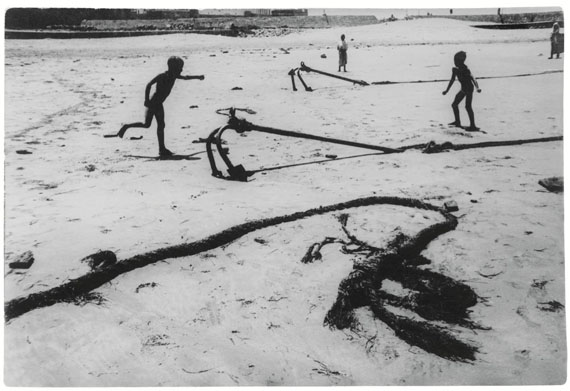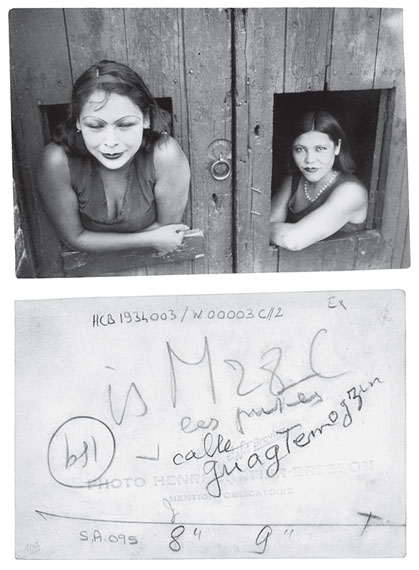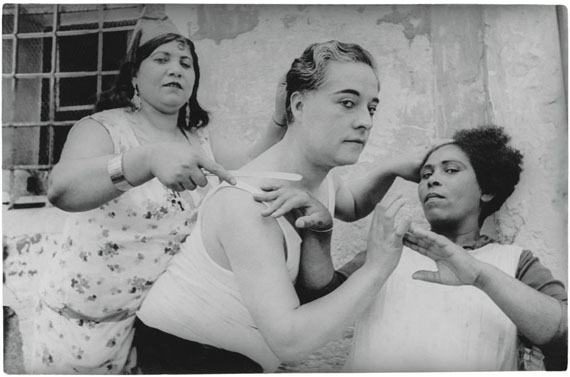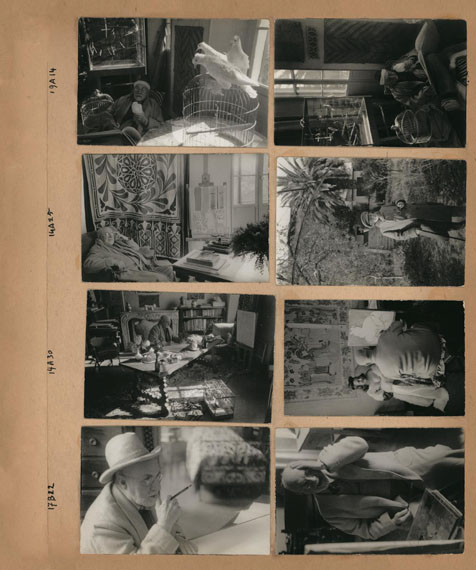
Henri Cartier-Bresson »
Scrapbook
Photographs 1932-1946
Exhibition: 27 Aug – 3 Dec 2016
MOPS - The Museum of Photography Seoul
14, Wiryeseong-daero, Songpa-gu
138-724 Seoul
Mon-Fri 10-19, Thu, 10-21, Sat 11-18:30, Sun closed
Museum Hanmi
14, Wiryeseong-daero, Songpa-gu
138-724 Seoul
+82-2-4181315

The Museum of photography, Seoul presents Henri Cartier-Bresson’s Scrapbook exhibition, the most precious collection of Henri Cartier- Bresson Foundation, from August 27th through December 3rd.
In 1940, Henri Cartier-Bresson was taken prisoner by the Germans; in February 1943, after two previous attempts, he managed to escape. On his return, he completed a famous series of portraits for Editions Braun before joining a group of photographers to record the Liberation of Paris in 1945; he directed his famous film Le Retour, a documentary on the repatriation of prisoners of war and deportees.
In the meantime, The Museum of Modern Art in New-York, thinking Henri Cartier-Bresson had died during the war, began to prepare a so called “posthumous” exhibition of his work.
Then he showed up, back from the camps and was delighted to hear that the exhibition was going ahead despite the fact that he hadn‟t died.
Many letters between Nancy and Beaumont Newhall (at the time curator for photography at MoMA) and Henri Cartier-Bresson tell the long process of how this show was curated. He decided to make a statement on his work from the beginning to 1946 and ordered photographic paper from MoMA (as in France no paper was available because of the war). He selected and printed himself over 300 small prints (among them, many images never printed before) and took a boat for New York with them in his suitcase in April 1946.
On arrival, he bought a portfolio, „Scrapbook‟ in which he glued all the prints to show them to MoMA. Then a selection of 163 images was done with the curators and the show was inaugurated on the 4th of February 1947.
The same year, he created Magnum Photos with his friends Robert Capa, David Seymour and George Rodger and began travelling to Asia and worked more and more for magazines.
In the nineties he looked again at his „Scrapbook‟ and took most of the prints out, to restore them, being conscious of the quality and value of them. Now all these prints and the remaining pages belong to the Foundation.�

For as long as I remember, I always knew about Henri’s ‘scrapbook’, packed up in an old suitcase that came from his mother’s apartment; later he placed it half hidden in a bookcase at home away from indiscreet eyes.
From time to time he would mumble that this was his most precious object – along with the album he prepared for Jean Renoir in hopes of a job – and that I should take great care of it.
Imagine my surprise one day to find him ripping out the photos from his ‘scrapbook’. For sure, the pages were disintegrating, but I shall always regret not having photographed them before they were dismantled.
I am more than delighted that Agnès Sire, director of our Foundation, decided to revive this unique album that tells us so much about Henri’s choices at a very precise
moment in his life – 1946- prior to his exhibit at MoMA in New York. Sixty years later, this selection of images remains highly relevant.
Martine Franck President Henri Cartier-Bresson Foundation
The exhibition presents those small prints in juxtaposition with some original prints from 1947.
It is very interesting to see the quality and the scope of HCB‟s work after almost twenty years of activity. That was before the creation of Magnum Photos and before really beginning to work on assignments for magazines. Above all, it was after war and captivity. It was a time to witness, to take parts, a time to really get involved into photography, unlike before the war, when he was still attracted by cinema, and very much influenced by the Surrealists.
With this exhibition, the Fondation Henri Cartier-Bresson wishes to show the richness of its archives, and the quality of the accomplished restorations. This remarkable selection is a very important step into the apprehension of Cartier-Bresson‟s work that had never been seen in that light until today. His approach to photography evolved, changed with maturity, and this Scrapbook clearly indicates the turning point which he expressed so well in an interview with Hervé Guibert for Le Monde in 1980 : “I set out in search of photography for its own sake, a bit like you make a poem. With Magnum came the need to tell stories.”�
